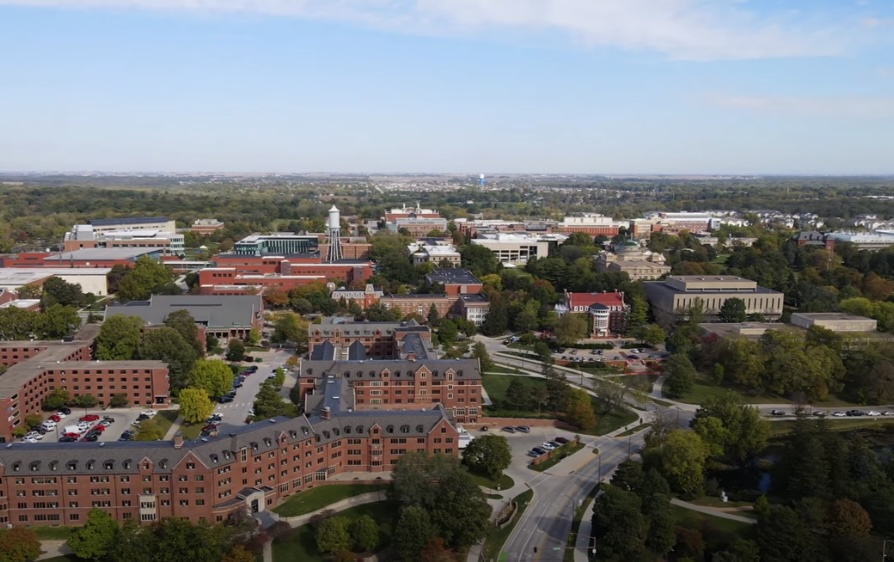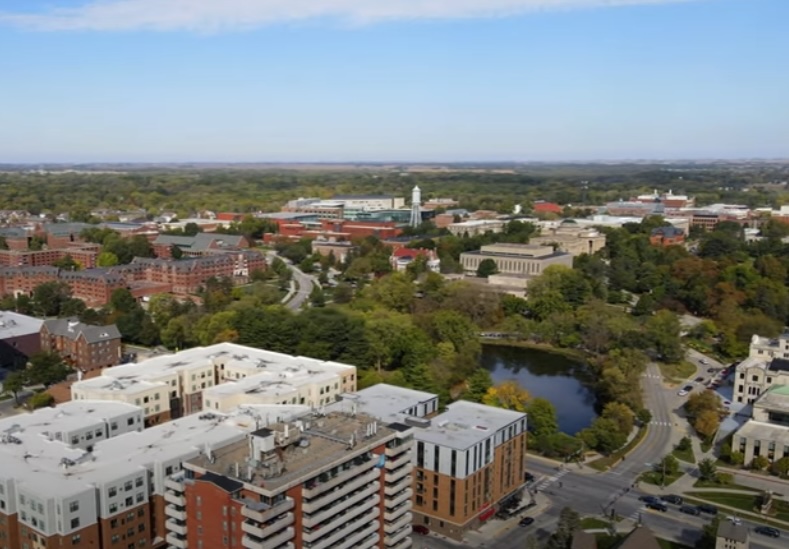Graduating from high school is a significant milestone in a student’s life, and in Iowa, it comes with specific requirements. A key question on the minds of many students and parents is: “How many...
Read More
13 Minutes









